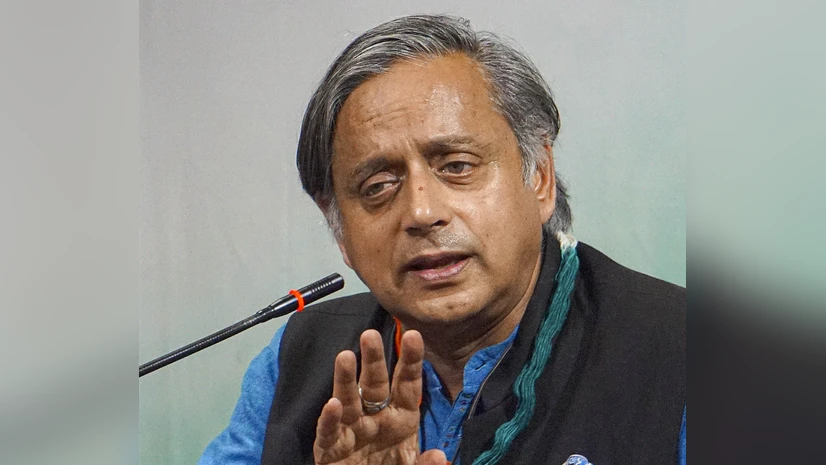The Indian Administrative Service (IAS) remains one of the most prestigious career paths in India, not only for its role in governance but also for the comprehensive salary structure and perks it offers.
This write-up presents a detailed breakdown of the financial and non-financial benefits associated with the IAS, structured to aid aspirants in understanding the career’s tangible rewards.
Basic Pay and Salary Structure
IAS salaries are governed by the 7th Central Pay Commission, which introduced a streamlined pay matrix based on Pay Levels, replacing the earlier Grade Pay system.
- Entry-Level (Junior Time Scale – Level 10)
- Designation: Sub-Divisional Magistrate (SDM) or Assistant Secretary
- Basic Pay: ₹56,100/month
- Allowances: DA, HRA, TA, and other variable components
- Gross In-Hand Salary: ₹1.2–1.5 lakh/month depending on posting location and allowances
- Mid-Level (Selection Grade – Level 13)
- Designation: District Magistrate (DM), Collector
- Basic Pay Range: ₹1,23,100 to ₹2,15,900/month
- Apex-Level Posts
| Designation | Pay Level | Basic Pay (₹) |
| Chief Secretary | Apex Scale | ₹2,25,000 |
| Cabinet Secretary | Cabinet Sec. | ₹2,50,000 |
- Allowances Breakdown
- Dearness Allowance (DA): ~32.7% of basic pay (revised periodically)
- House Rent Allowance (HRA): 8%, 16%, or 24% based on city classification
- Travel Allowance (TA): Fixed monthly component
- Other Benefits: LTC, medical reimbursements, and hardship allowances in specific postings
Housing, Transport, and Staff Privileges
IAS officers are entitled to a range of logistical and domestic support systems that significantly reduce personal expenditure.
- Government Accommodation
- Officers are allotted spacious government quarters or bungalows in prime locations.
- Rent is nominal or waived entirely.
- Residences are maintained by government staff and include basic furnishings.
- Official Vehicle
- Officers receive dedicated vehicles with chauffeurs.
- Usage includes official duties and limited personal errands.
- Fuel and maintenance costs are covered by the government.
- Domestic Staff
- Officers typically have access to cooks, gardeners, security guards, and housekeeping staff.
- These staff are either government-appointed or reimbursed.
- Utility Subsidies
- Electricity, water, and gas bills are heavily subsidized or free.
- In high-responsibility postings, officers may receive additional allowances for communication and contingency expenses.
- Security
- Officers and their families receive police or STF protection when required, especially in sensitive postings.
Health, Travel, and Educational Benefits
- Medical Coverage
- Officers and their dependents are covered under the Central Government Health Scheme (CGHS).
- Includes access to top-tier hospitals and specialists.
- Post-retirement medical benefits continue under CGHS.
- Travel Benefits
- Officers enjoy subsidized travel for official and personal purposes.
- LTC (Leave Travel Concession) is available for domestic travel.
- Accommodation in State Bhavans and government guest houses is provided at discounted rates.
- Study Leave and Foreign Exposure
- After 6–7 years of service, officers can avail Study Leave to pursue higher education.
- Courses may be in India or abroad, with tuition and living expenses funded by the government.
- Officers also participate in foreign delegations, training programs, and international conferences, enhancing global exposure.
Job Security, Pension, and Post-Retirement Opportunities
- Service Protection
- IAS officers enjoy robust job security under Article 311 of the Constitution.
- Suspension or removal requires formal inquiry and approval from the central government.
- Pension and Retirement Benefits
- Officers receive a lifetime pension, calculated as a percentage of last drawn salary.
- Pension is supplemented by gratuity, provident fund, and CGHS coverage.
- Retirement age is 60, extendable in select cases.
- Post-Retirement Roles
- Many officers are appointed to constitutional bodies, commissions, tribunals, and advisory roles.
- Opportunities also exist in international organizations, think tanks, and private sector consultancies, leveraging administrative experience.
Administrative Authority and Social Influence
Beyond financial rewards, IAS officers wield significant administrative and societal influence.
- Governance Role
- Officers oversee law and order, policy implementation, disaster management, and developmental schemes.
- They act as executive heads of districts, divisions, and departments, shaping public policy on the ground.
- Social Capital
- IAS officers command respect and recognition across society.
- Their decisions impact millions, and they often serve as liaisons between citizens and the government.
- In many cases, their influence exceeds that of elected representatives due to their operational control.
Challenges and Limitations
While the perks are substantial, the role comes with considerable demands.
- Workload
- Officers often work 12–13 hour days, especially in field postings.
- Responsibilities include crisis management, inter-departmental coordination, and public grievance redressal.
- Salary Growth
- Increments are standardized and periodic.
- Unlike private-sector roles, there’s limited scope for rapid financial escalation.
- Public Perception vs Reality
- The lifestyle may appear glamorous, but officers spend limited time at home, often in remote or high-pressure environments.
- Transfers and political interference can affect stability and autonomy.
Conclusion
The IAS offers a unique blend of financial stability, institutional authority, and societal impact. While the salary and perks are substantial, they are not the sole motivators for aspirants. The real value lies in the opportunity to shape governance, influence policy, and serve the public with integrity.
However, aspirants must approach the role with a realistic understanding. The workload is intense, the career trajectory is structured, and the challenges—both administrative and ethical—are significant. For those committed to public service and equipped with strategic foresight, the IAS remains not just a career, but a platform for transformative leadership.
FAQs
Q1. What is the starting salary of an IAS officer?
At the entry level, IAS officers receive a basic pay of ₹56,100/month. Including allowances like DA, HRA, and TA, the gross in-hand salary typically ranges from ₹1.2 to ₹1.5 lakh/month, depending on the posting location.
Q2. Do IAS officers get government housing and domestic staff?
Yes. Officers are allotted spacious government quarters, often in prime locations, with access to household staff such as cooks, gardeners, and security personnel. Utility bills are subsidized or waived.
Q3. Are official vehicles provided?
IAS officers receive official vehicles with chauffeurs, which are used for both official duties and limited personal errands. Fuel and maintenance costs are covered by the government.
Q4. What kind of healthcare benefits are available?
Officers and their families are covered under the Central Government Health Scheme (CGHS), which includes access to top-tier hospitals and specialists. These benefits continue post-retirement.
Q5. Can IAS officers pursue higher education abroad?
Yes. After 6–7 years of service, officers can avail study leave to pursue advanced degrees, including foreign education. The government typically funds tuition and living expenses.
Q6. How secure is the IAS job?
IAS officers enjoy exceptional job security. Dismissal or suspension requires a formal inquiry and approval from the central government, making arbitrary removal nearly impossible.
Q7. Do IAS officers retire with benefits?
Upon retirement, officers receive a lifetime pension, CGHS coverage, and often transition into roles in commissions, tribunals, or advisory bodies. Their administrative experience is highly valued.
Q8. Is the lifestyle better than private-sector jobs?
While private jobs may offer higher variable pay, IAS officers benefit from unmatched job security, perks, and societal influence. The lifestyle is structured and stable, though demanding.
Q9. Is corruption linked to IAS salaries?
The official salary structure is transparent and legitimate. Any accumulation of wealth beyond this is not linked to sanctioned pay and may involve unofficial or illegal means.
Q10. Is the workload heavy for IAS officers?
Yes. Officers often work long hours, especially in field postings, handling administrative emergencies, public grievances, and inter-departmental coordination.





